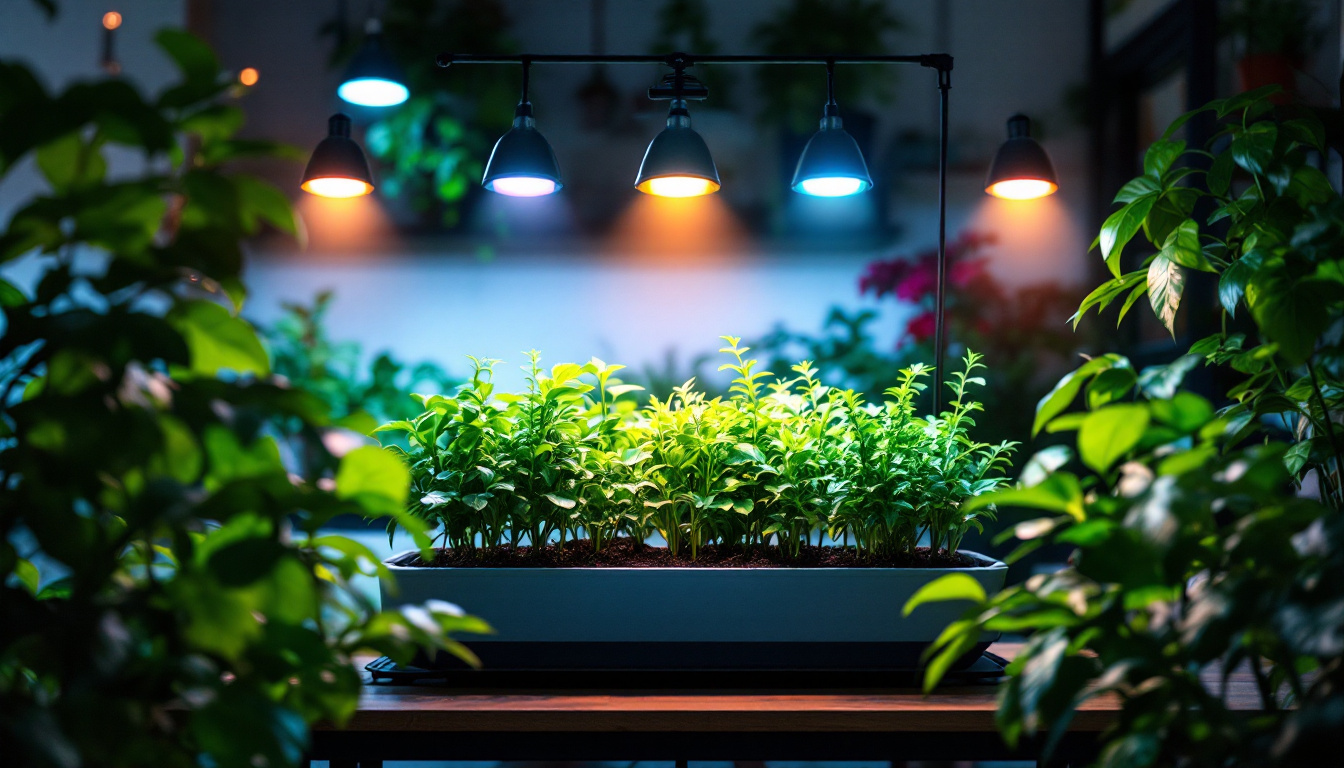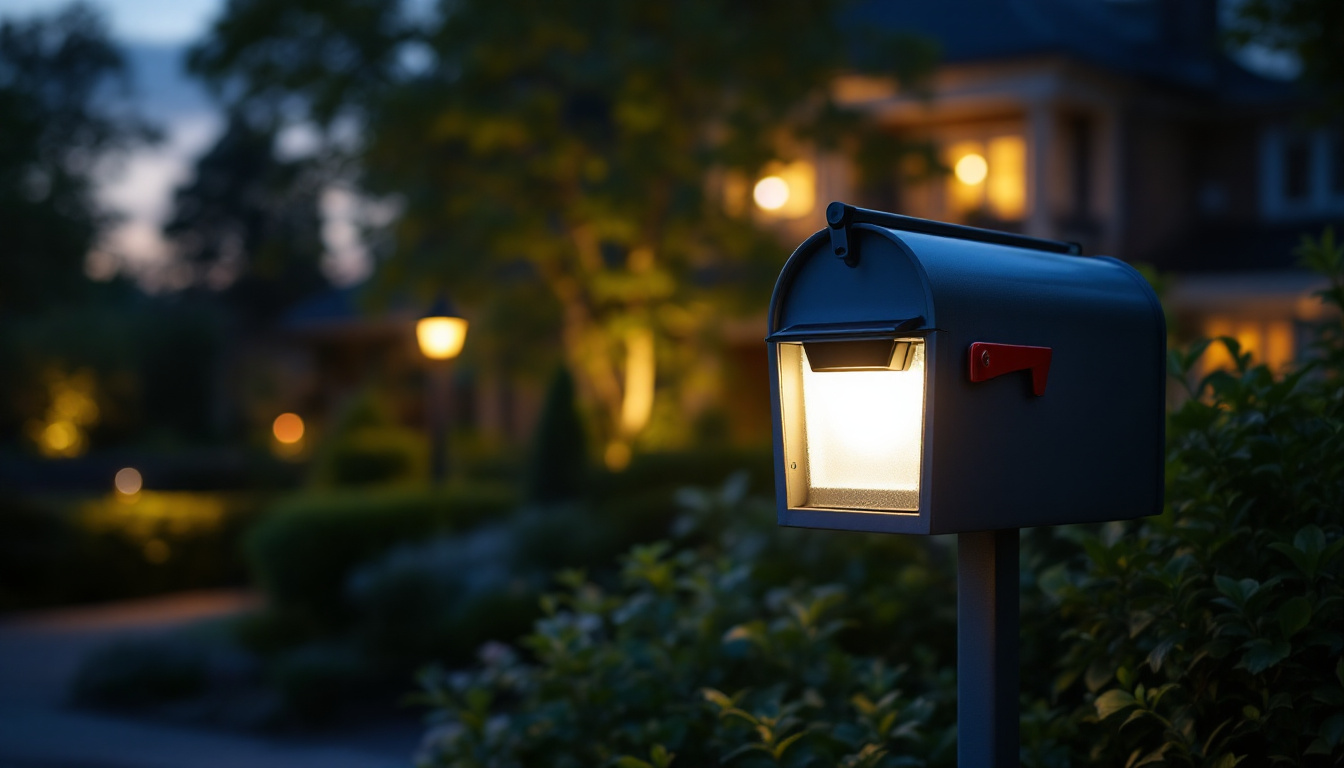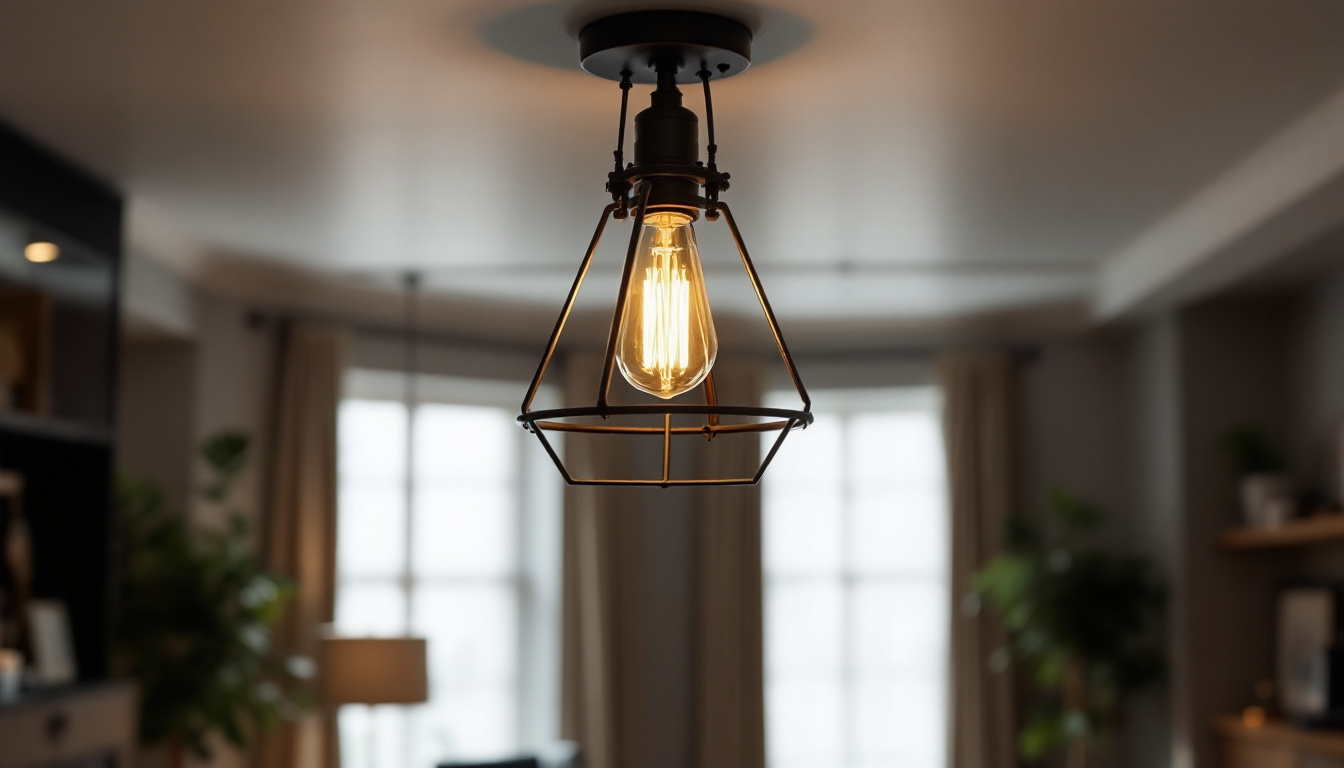

In recent years, the demand for efficient and effective lighting solutions has surged, particularly in the realm of horticulture. LED plant grow lights have emerged as a pivotal technology, transforming how plants are cultivated indoors and in controlled environments. This article explores the significance of LED grow lights, their advantages, and their role in modern lighting solutions for both commercial and residential applications.
LED grow lights are specialized lighting systems designed to provide the optimal light spectrum for plant growth. Unlike traditional lighting options, such as incandescent or fluorescent bulbs, LEDs emit light in specific wavelengths that plants utilize for photosynthesis. This targeted approach not only enhances plant health but also maximizes growth potential. Furthermore, LED grow lights are energy-efficient, consuming significantly less power compared to their traditional counterparts while producing less heat, which can be crucial in maintaining the ideal growing environment.
Plants rely on light for photosynthesis, the process through which they convert light energy into chemical energy. The primary wavelengths of light that influence plant growth are red (around 660 nm) and blue (around 450 nm). LED grow lights can be engineered to emit these specific wavelengths, promoting healthier and faster growth. In addition to red and blue light, some advanced LED systems also incorporate green and ultraviolet (UV) light, which can enhance certain plant characteristics, such as flavor and aroma, while also providing additional protection against pests and diseases.
Moreover, different stages of plant development require varying light spectrums. For instance, seedlings thrive under blue light, while flowering plants benefit from red light. This adaptability makes LED grow lights an essential tool for growers looking to optimize their yields. Understanding the nuances of light requirements can empower growers to tailor their lighting strategies, ensuring that plants receive the precise conditions they need to flourish. Additionally, research has shown that varying light intensity and duration can influence not just growth rates but also the overall quality of the harvest, making it crucial for growers to monitor and adjust their lighting setups accordingly.
There are several types of LED grow lights available, each catering to specific growing needs. Full-spectrum LED lights mimic natural sunlight, making them suitable for all stages of plant growth. On the other hand, specialized lights focus on particular wavelengths to cater to specific growth phases. For example, some lights are designed specifically for vegetative growth, while others are tailored for the flowering stage, providing targeted support to maximize plant potential during critical development periods.
Additionally, some LED systems come with adjustable spectrums, allowing growers to customize the light output based on the plants’ developmental stages. This versatility is a significant factor in the rising popularity of LED technology in horticulture. Many modern LED grow lights also feature smart technology, enabling remote control and automation through smartphone apps. This innovation allows growers to monitor their plants’ light exposure in real-time and make adjustments as needed, ensuring optimal conditions even when they are not physically present. As the technology continues to evolve, the integration of sensors and data analytics is likely to further enhance the efficiency and effectiveness of LED grow lights, paving the way for more sophisticated growing operations.
The transition to LED grow lights offers numerous benefits compared to traditional lighting solutions. Understanding these advantages is crucial for lighting contractors looking to recommend the best options for their clients.
One of the most compelling advantages of LED grow lights is their energy efficiency. LEDs consume significantly less power than traditional bulbs, which translates to lower electricity bills for growers. This energy efficiency is particularly beneficial for commercial operations where lighting costs can be substantial.
Furthermore, LEDs generate less heat, reducing the need for additional cooling systems. This not only saves energy but also creates a more stable growing environment, essential for optimal plant health.
LED grow lights boast an impressive lifespan, often lasting up to 50,000 hours or more. This longevity means less frequent replacements, resulting in lower maintenance costs for growers. Additionally, LEDs are more durable than traditional bulbs, as they are less prone to breakage and can withstand harsher conditions.
This durability makes LED grow lights an ideal choice for both indoor and outdoor applications. Whether in a greenhouse or a home garden, the resilience of LED technology ensures consistent performance over time.
As sustainability becomes a growing concern, the environmental impact of lighting solutions is increasingly scrutinized. LED grow lights are a more eco-friendly option, as they do not contain harmful substances like mercury, which is found in some traditional bulbs. Moreover, their energy efficiency contributes to a reduction in carbon emissions.
By opting for LED technology, growers can align their practices with environmentally responsible principles, appealing to a market that values sustainability. This aspect is particularly relevant for contractors looking to promote green solutions to their clients.
LED grow lights are versatile and can be used in various applications, ranging from commercial agriculture to home gardening. Understanding these applications helps lighting contractors tailor their offerings to meet the diverse needs of their clients.
In commercial horticulture, LED grow lights are revolutionizing the way crops are cultivated. Greenhouses and indoor farms are increasingly adopting this technology to enhance productivity and reduce operational costs. By providing the right light spectrum, growers can achieve higher yields and faster growth rates.
Moreover, LED systems can be integrated into automated growing environments, allowing for precise control over light exposure. This level of control is invaluable for optimizing crop quality and consistency, making LED grow lights a preferred choice for commercial operations.
For home gardeners, LED grow lights offer a solution to the challenges posed by limited natural light. Whether in apartments or homes with inadequate sunlight, these lights enable individuals to cultivate a wide range of plants indoors. From herbs to flowering plants, LED technology empowers hobbyists to explore their gardening passions year-round.
Additionally, the compact nature of many LED grow light systems makes them suitable for small spaces. Home gardeners can easily incorporate these lights into their setups without sacrificing valuable room.
LED grow lights are also playing a crucial role in research and development within the agricultural sector. Scientists and researchers utilize these lights to study plant responses to different light spectrums, helping to advance agricultural practices and improve crop resilience.
By providing a controlled environment, researchers can conduct experiments that lead to innovative solutions for challenges faced by the industry. This application underscores the importance of LED technology in driving advancements in horticulture.
For lighting contractors, understanding how to select the appropriate LED grow lights for clients is essential. Several factors must be considered to ensure the best outcomes for plant growth and energy efficiency.
The light spectrum is a critical factor when choosing LED grow lights. As mentioned earlier, different plants require specific wavelengths for optimal growth. Contractors should assess the types of plants their clients intend to grow and recommend lights that provide the necessary spectrum.
Full-spectrum lights are often a safe choice for diverse plant types, but specialized lights may be more effective for specific applications. Understanding the unique requirements of each plant species will guide contractors in making informed recommendations.
Another important consideration is the intensity and coverage of the LED grow lights. The light intensity required will vary depending on the plant type and growth stage. For instance, seedlings may need lower intensity, while flowering plants benefit from higher light levels.
Contractors should also evaluate the coverage area of the lights to ensure that all plants receive adequate illumination. This may involve calculating the distance between the lights and the plants, as well as the overall layout of the growing space.
When recommending LED grow lights, budget considerations are paramount. While the initial investment in LED technology may be higher than traditional options, the long-term savings in energy costs and maintenance should be highlighted to clients.
Contractors can provide a cost-benefit analysis, demonstrating how LED grow lights can lead to substantial savings over time. This information is crucial for clients looking to make informed decisions about their lighting solutions.
The landscape of LED grow light technology is continually evolving, with new advancements on the horizon. Staying informed about these trends is vital for lighting contractors aiming to provide cutting-edge solutions to their clients.
As technology advances, smart lighting solutions are becoming increasingly popular in the horticultural sector. These systems allow for remote control and monitoring of LED grow lights, enabling growers to adjust settings based on real-time data.
Integration with smart home systems and IoT devices can enhance the efficiency of indoor gardening, making it easier for users to manage their plants. Contractors should consider recommending smart LED grow lights to clients seeking modern, tech-savvy solutions.
Future developments in LED technology may lead to even more advanced spectrum control options. Grow lights that can dynamically adjust their spectrum based on plant needs or environmental conditions could revolutionize the way plants are grown indoors.
This level of adaptability will allow growers to fine-tune their lighting strategies, optimizing growth and resource use. Contractors who stay ahead of these trends will be well-positioned to offer innovative solutions to their clients.
As the focus on sustainability intensifies, the integration of LED grow lights with renewable energy sources is likely to gain traction. Solar-powered LED systems could provide an eco-friendly solution for growers looking to minimize their carbon footprint.
Contractors should explore options for clients interested in sustainable practices, as this trend aligns with the growing demand for environmentally responsible solutions in the horticultural industry.
LED plant grow lights represent a significant advancement in modern lighting solutions, offering numerous benefits for both commercial and residential applications. Their energy efficiency, longevity, and adaptability make them an ideal choice for growers seeking to optimize plant health and productivity.
As the industry continues to evolve, lighting contractors must stay informed about the latest trends and technologies to provide the best recommendations for their clients. By understanding the science behind plant growth and the advantages of LED technology, contractors can play a crucial role in shaping the future of horticulture.
In an era where sustainability and efficiency are paramount, LED grow lights stand out as a beacon of innovation, paving the way for a greener and more productive future in agriculture.
Ready to harness the power of LED plant grow lights and elevate your horticultural projects? Look no further than LumenWholesale for a vast array of top-quality, spec-grade lighting products at unbeatable wholesale prices. Our commitment to cutting out the middleman means you get the most cost-effective solutions for your lighting needs. With our extensive selection that meets the highest industry standards, you can ensure your projects shine with reliability and high performance. Plus, enjoy the convenience of free shipping on bulk orders, making your purchase hassle-free and transparent. Don’t settle for less—choose LumenWholesale for the perfect blend of quality, affordability, and convenience. Wholesale Lighting at the Best Value is just a click away.

Explore how the choice of lamp light bulbs can significantly influence the success of lighting contractors’ projects.

Discover expert tips from lighting contractors on overcoming common challenges when installing solar lights for your outdoor patio.

Discover how solar lights for mailboxes can transform your outdoor lighting projects with eco-friendly efficiency and style.

Discover the pivotal role industrial style ceiling lights play for lighting contractors in transforming spaces.
Get notified when NEW deals are released.
Optimize your budget with wholesale discounts.
Only top-quality, specification-grade lighting products.
No additional costs at checkout - what you see is what you pay.
We understand the unique needs of contractors.